Data Science News
Analyticsindiamag
735

Image Credit: Analyticsindiamag
NES Data to Launch Edge, Containerised Data Centres Across India
- NES Data Pvt Ltd is set to launch advanced edge and containerised data centres across India to cater to the growing digital ecosystem, with a focus on AI applications and remote deployments.
- The company's new-age data centres will offer scalable, modular, and sustainable solutions designed for low-latency and high-efficiency needs, particularly targeting Tier II and remote cities.
- The containerised data centres by NES Data combine compute, storage, cooling systems, battery energy storage systems, and hybrid cloud integration to empower enterprises with private AI zones and distributed compute infrastructure.
- NES Data's initiative reflects the trend towards edge and containerised data centres to meet the escalating data storage demands, especially in Tier II cities and remote areas, amidst rising real estate prices in metros.
Read Full Article
17 Likes
Analyticsindiamag
158
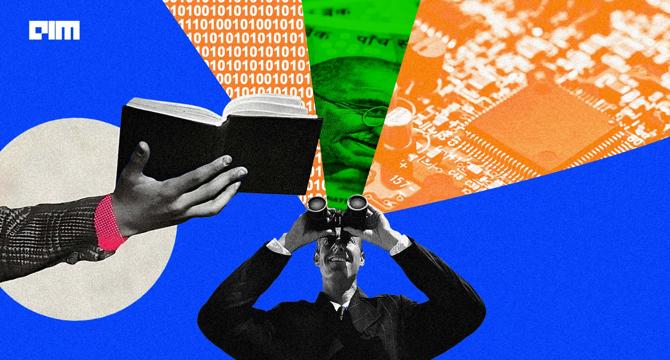
Image Credit: Analyticsindiamag
Sovereign LLMs Won’t Alone Fix the Broken Indian AI Ecosystem
- India is focusing on sovereign LLMs with initiatives like Indus and Sarvam AI.
- Startups need to move beyond proving capability to solving real-world problems.
- Calls for more specific Indian use cases and refined models to address issues.
- Focus should shift to domain-specific models for various applications in India.
- Need for engagement to drive adoption and solve language access for Indian users.
Read Full Article
9 Likes
Analyticsindiamag
5k

Image Credit: Analyticsindiamag
Meta Hires 3 OpenAI Researchers as Poaching Continues
- Meta has hired three OpenAI researchers, Lucas Beyer, Alexander Kolesnikov, and Xiaohua Zhai, to work on building superintelligent systems, as reported by The Wall Street Journal.
- Meta invested $14.3 billion for a stake in Scale AI and is focusing on boosting talent within the company to compete effectively in the AI space.
- Meta has made an acquisition offer to Safe Superintelligence (SSI) and is trying to hire SSI co-founder Daniel Gross and former GitHub CEO Nat Friedman to strengthen its AI division.
- While Meta offers high compensation packages, including large signing bonuses, to attract talent, the company faces competition from companies like OpenAI and Anthropic in the AI talent wars.
Read Full Article
26 Likes
Analyticsindiamag
297

Image Credit: Analyticsindiamag
Apptronik Launches Elevate Robotics to Enter Industrial Automation
- Apptronik, a US-based AI humanoid robotics startup, has formed Elevate Robotics, a subsidiary concentrating on industrial automation advancement.
- Elevate Robotics will focus on non-humanoid robotics for heavy-duty industrial tasks, led by CEO Paul Hvass.
- The new venture aims to develop 'superhuman robots' with capabilities surpassing current market standards.
- Apptronik recently raised $53 million in its Series A round to support Elevate Robotics and its mission to transform industrial-scale work.
Read Full Article
17 Likes
Analyticsindiamag
405

Image Credit: Analyticsindiamag
Building Websites and Web Apps Without Code Just Got Better with Hostinger Horizons
- Hostinger Horizons allows building websites and web apps without coding skills using AI.
- The platform supports various users like entrepreneurs, small business owners, freelancers, and agencies.
- Users can describe their app ideas in natural language, and AI generates fully functional apps.
- Horizons offers hosting, integrations with services like Supabase and Stripe, and advanced customization.
- The AI-based platform aims to simplify the process of web development without code.
Read Full Article
24 Likes
Medium
176
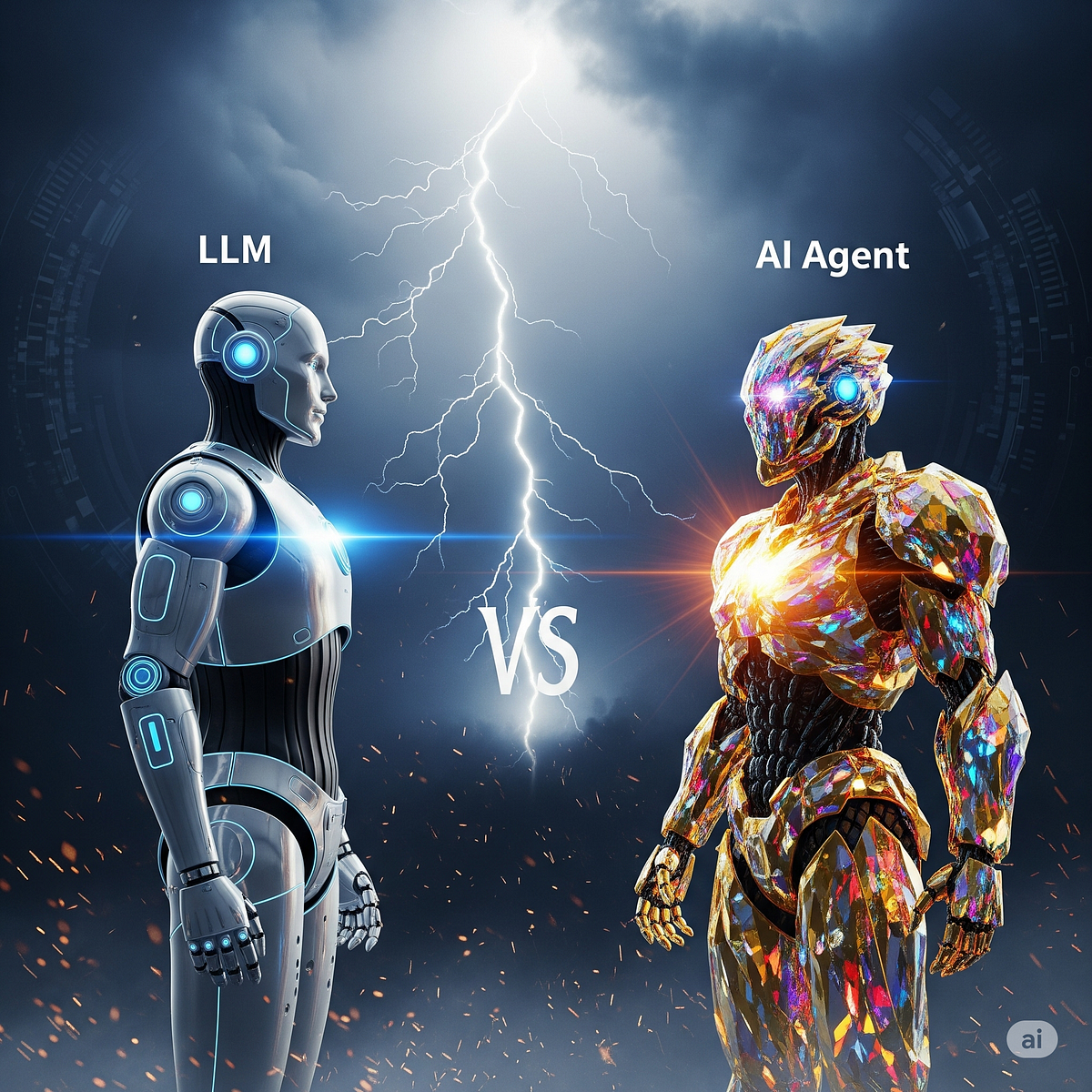
Image Credit: Medium
LLMs vs AI Agents : What Is The Actual Difference
- LLMs like BERT and T5 were key in language model evolution.
- ChatGPT's conversational abilities showcased LLMs' potential in interactive dialogues.
- Emerging models like GPT-3.5 and Gemini 2.5 enhanced LLM capabilities.
- AI Agents surpass LLMs, simulating human workers, aiding in complex workflow automation.
Read Full Article
10 Likes
Medium
85
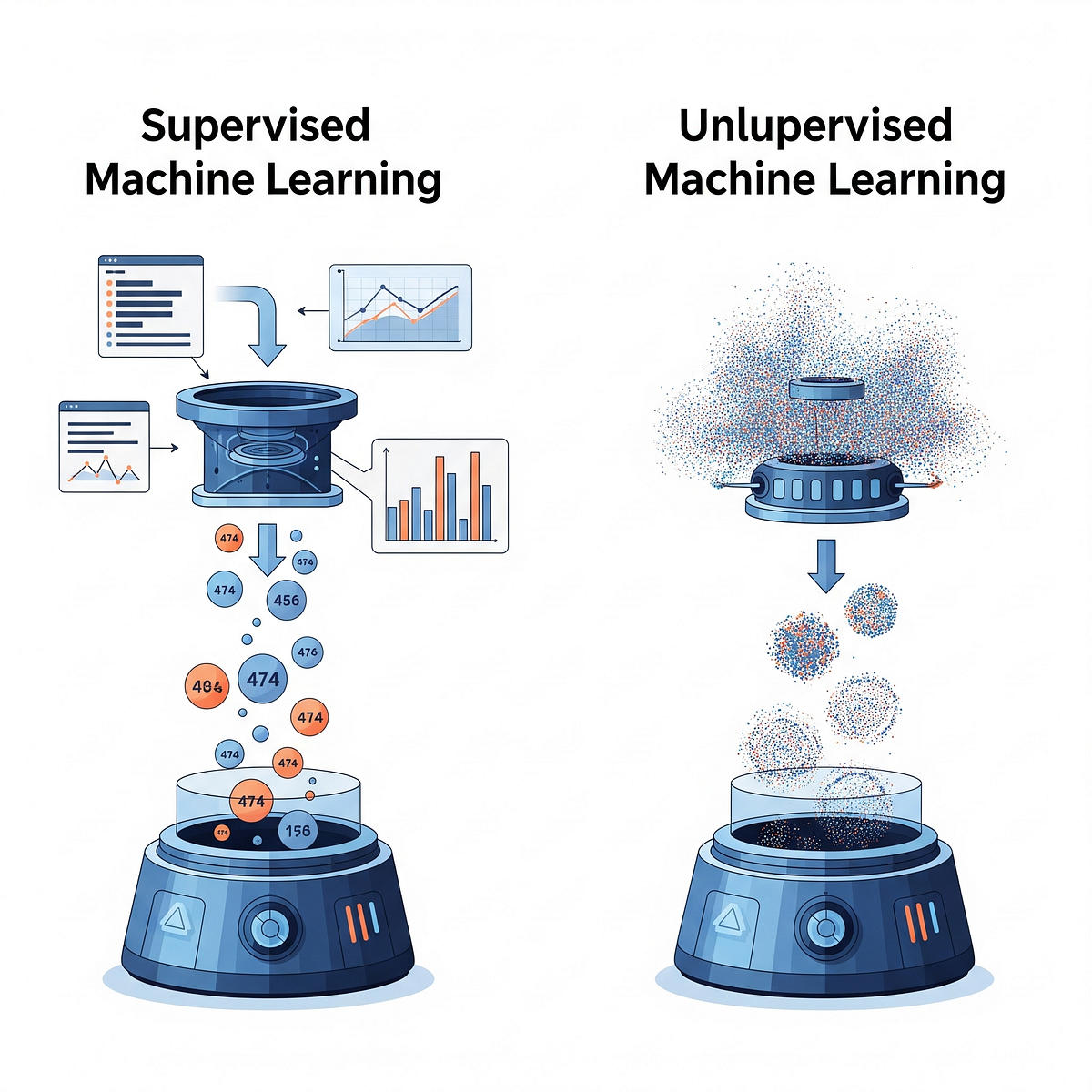
Image Credit: Medium
Supervised vs Unsupervised Learning — What You Really Need to Know
- Supervised Learning involves training a model with data and answers, while Unsupervised Learning trains the model with only data, without answers.
- Common use cases for Supervised Learning include email spam detection, loan approval prediction, disease diagnosis, and price estimation.
- Common use cases for Unsupervised Learning include customer segmentation, fraud detection, and recommender systems.
- Key differences include the requirement of labeled data for Supervised Learning and its task type focusing on prediction, while Unsupervised Learning does not require labeled data and focuses on pattern discovery.
Read Full Article
5 Likes
Medium
317
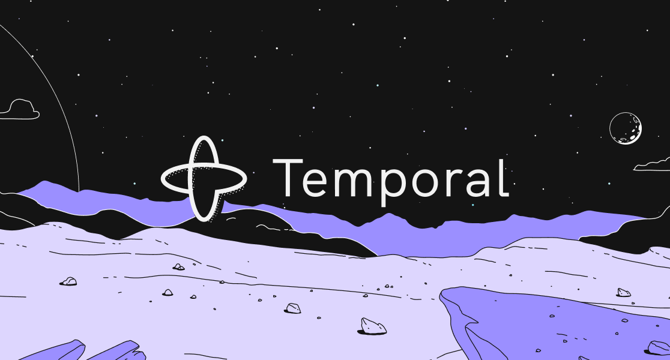
Image Credit: Medium
System Design Series: A Step-by-Step Breakdown of Temporal’s Internal Architecture
- Dive into Temporal's complex internal architecture, decoding workflows, activities, and services.
- The article unravels Temporal's intricate architecture through detailed step-by-step breakdowns.
- Exploration includes Frontend, History, Matching, and Worker services, along with worker processes.
- Internal queues, partitions, and scalable task management are also discussed in depth.
Read Full Article
19 Likes
Medium
334

Image Credit: Medium
Unlocking the Future of Business
- AI tools are transforming businesses in 2025, enhancing productivity and innovation across sectors.
- AI chatbots like ChatGPT, Claude, and Gemini are being utilized to boost business productivity and innovation by handling research, writing, brainstorming, and customer interaction efficiently.
- ChatGPT, Claude, and Gemini are among the notable AI chatbots offering versatility in research, conversational AI for customer support, and answering complex questions for creative projects, respectively.
- These AI tools are reshaping business communication internally and externally, making interactions faster and more insightful.
Read Full Article
20 Likes
Analyticsindiamag
184

Image Credit: Analyticsindiamag
Is It a Good Time to Be a Software Engineer?
- AI hasn't erased the thrill of being a programmer, with new tools revitalizing coding.
- Despite anxiety about automation, influential voices see long-term opportunities for software engineers.
- AI is enhancing development velocity, making coding more accessible, and empowering engineers.
- Debate exists on whether AI will lead to fewer software engineer jobs in the future.
Read Full Article
11 Likes
Medium
94

Artificial Intelligence: Shaping the Future of Technology and Society
- AI has a long history, starting from ancient myths to modern scientific development in the 1950s by Alan Turing, with recent breakthroughs leading to significant advancements.
- Modern AI utilizes technologies like Machine Learning, Deep Learning, NLP, and Computer Vision to perform tasks such as understanding language, analyzing images, and recommending content.
- AI applications span various sectors like healthcare, transportation, finance, education, and entertainment, deeply impacting daily life.
- Despite its benefits, AI poses challenges around bias, job loss, privacy, and accountability, requiring ethical development and responsible governance to ensure its positive impact.
Read Full Article
5 Likes
Medium
210
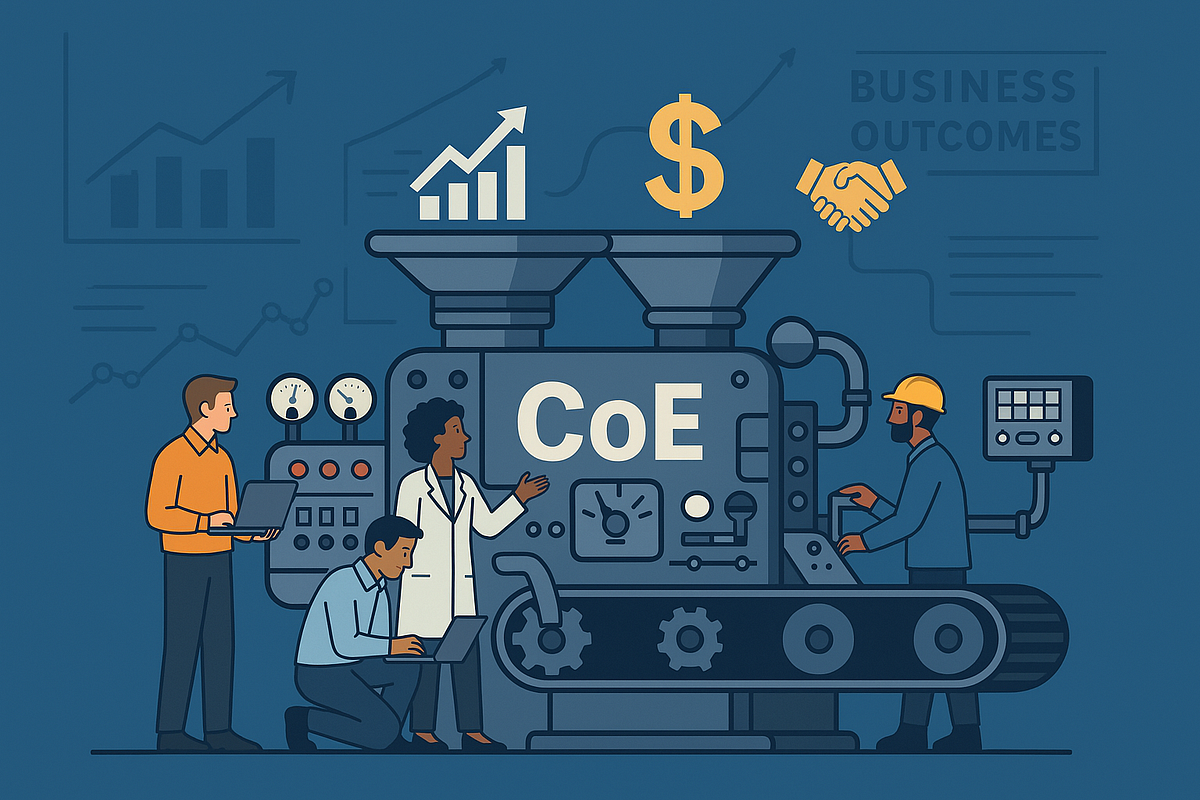
Image Credit: Medium
The Real Story Behind Setting Up a Data Science CoE in a Services Company
- Setting up a Data Science CoE involves more than tools and data scientists.
- Core team of 5-8 with clear roles is crucial for success.
- Platforms enabling insights, automated workflows, and standardized tools are essential survival tools.
- Phases include proving credibility, careful expansion, and becoming indispensable for success.
Read Full Article
12 Likes
VentureBeat
214

For Replit’s CEO, the future of software is ‘agents all the way down’
- Replit CEO envisions "agents all the way down" for software future.
- Platform allows non-developers to quickly design and code apps and websites.
- Focus on creating autonomous software engineers and cutting down costs for users.
Read Full Article
12 Likes
VentureBeat
236

Boston Consulting Group: To unlock enterprise AI value, start with the data you’ve been ignoring
- Boston Consulting Group emphasizes the importance of data quality and governance in enterprise AI projects.
- Organizations are navigating complexities related to data exposure, AI budgets, access permissions, and managing risks to unlock AI value.
- New AI solutions are leveraging previously unusable data, enabling insights that were not feasible before.
- Adopting AI-ready data is crucial for successful AI projects, as indicated by a Gartner survey highlighting the importance of AI-ready infrastructures for faster data processes.
Read Full Article
11 Likes
Medium
215
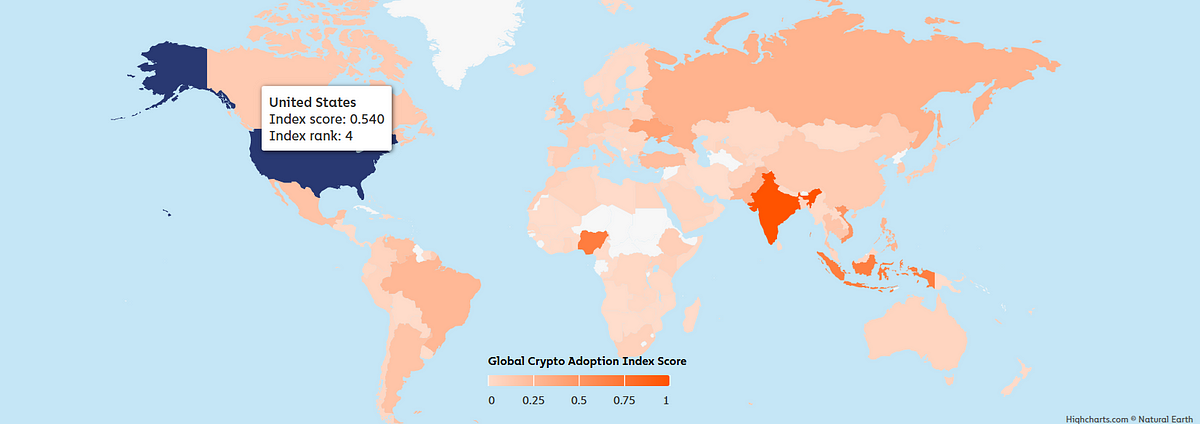
Image Credit: Medium
Only 6% of the World Owns Crypto
- In 2024, only about 6.8% of the global population owns cryptocurrency, according to Chainalysis's Global Crypto Adoption Index.
- Chainalysis reports a growth in crypto ownership to roughly 562 million people worldwide, up from 420 million in 2023.
- Central & Southern Asia and Oceania (CSAO) lead global rankings for crypto adoption with countries like India, Vietnam, and the Philippines.
- The data indicates that despite recent developments like the Bitcoin ETF boom and DeFi innovations, the majority of the world has not yet adopted cryptocurrency, showing the early stage of this financial revolution.
Read Full Article
12 Likes
For uninterrupted reading, download the app